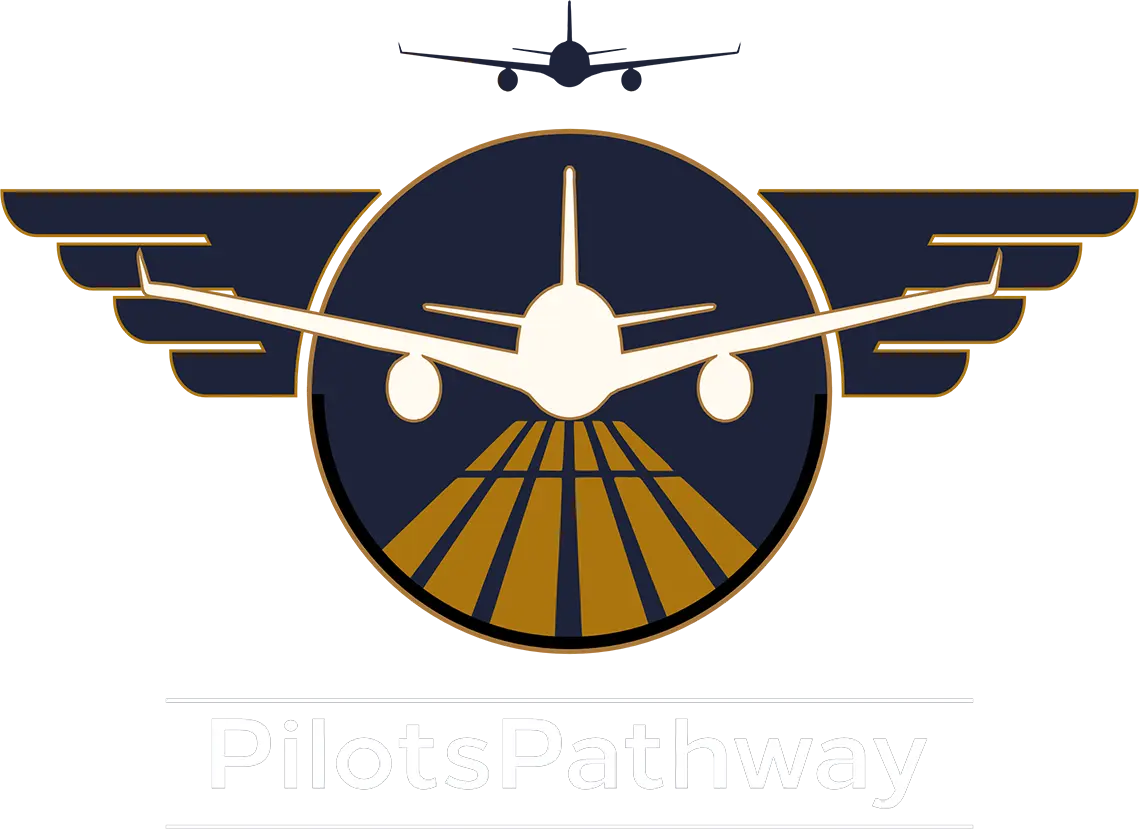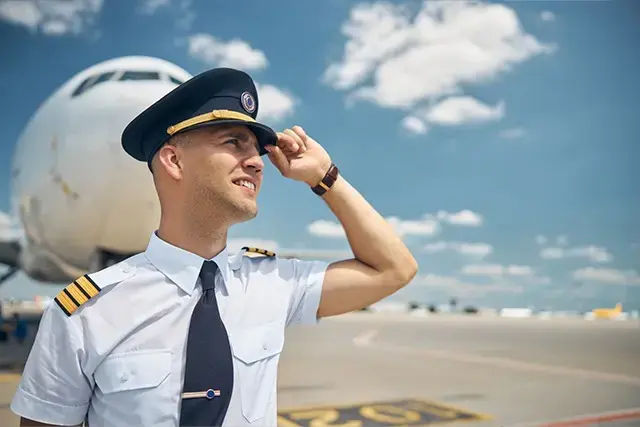Flying an airplane is the dream that many aspire to achieve. Some want to experience flying as a hobby; whereas, the others want to see professional work as a full-time pilot. To do so, you need to earn your license. CPL and PPL are a few of the most common licenses.
Though technically allowing you to fly, they are worlds apart in terms of purpose, training, and opportunities. So, let’s dive in to understand the major differences so that you can choose one suitable to your plans.
What is a Private Pilot License (PPL)?
A Private Pilot License (PPL) is for people flying for their happiness. With a PPL, one flies small aircraft, carries his or her friends or family, and enjoys flying. However, he or she cannot earn money for flying.
Think of a PPL as your ticket to the skies for personal joy and adventure. You can fly, explore, and even take friends or family alongbu t it’s not a license to fly commercially. A PPL is about passion, not profession.
Key Points of PPL :
Allows flying small private aircraft.
You can carry passengers but not for profit.
Fewer training hours compared to CPL.
More about passion and hobby than career.
What is a Commercial Pilot License (CPL)?
A Commercial Pilot License (CPL) allows you to fly professionally and get paid for it. This is the license you need if you dream of working with airlines, charter companies, or cargo operators.
Flying professionally with a CPL means great earnings, endless travel, and the ultimate satisfaction of getting paid for your passion.
Points of CPL :
The holder is allowed to carry out the activities of a professional pilot.
Needed for jobs in airlines, charter services, and cargo flights.
Requires more training hours and advanced theory.
Having to involve medical and skill requirements.
The major differences between CPL and PPL :
The differences are better understood if compared side by side:
1. Purpose
PPL is for personal use, hobby, or passion.
CPL is to establish a career as a pilot.
2. Training Hours
PPL: Around 40–60 flying hours.
CPL: Around 200 flying hours or more.
3. Knowledge Level
PPL: Covers basic subjects like navigation, weather, and communication.
CPL: Includes advanced topics such as air law, advanced navigation, and airline operations.
4. Medical Needs
PPL: Class 2 Medical Certificate.
CPL: Class 1 Medical Certificate, stricter and more detailed.
5. Cost of Training
PPL: Less costly because training hours are fewer.
CPL: Higher cost due to longer training and advanced exams.
6. Career Scope
PPL: No earning opportunities.
CPL: Opens doors to airline jobs and professional flying.
Who Should Go for a PPL?
A PPL is great for:
People who love flying as a hobby.
Aviation enthusiasts who want to own or rent a small plane.
Those not sure about a full-time aviation career.
Beginners who want to start small before moving to CPL.
A PPL offers freedom in the skies without the heavy commitment of a career. Many people use it for leisure and personal travel.
Who Should Go for a CPL?
A CPL should be pursued by anyone who:
Dreams about becoming an airline pilot.
Is an interested student ready to provide time, effort, and money to training.
Wants to pursue commercial, corporate, or cargo aviation as a career.
Wants to become a certified flight instructor to train other aspiring pilots.
A Commercial Pilot License opens doors to a career that pays well, takes you around the world, and lets you earn doing what you love – flying.
Training prototype
PPL training plan:
Starting from theory dealing with navigation, communication, and weather.
Flying minimum hours with an instructor.
Flying solo.
Cross-country flying.
Final skill tests.
CPL Training Process:
Advanced ground schooling in air law, systems, and operations.
Around 200 flying hours, including night flying and IFR.
Training on more complex aircraft.
Multiple exams from aviation authorities.
Skill checks before licensing.
The CPL training is more detailed because it prepares you to fly responsibly in professional environments.
Career Scope
With a PPL:
Fly for leisure and travel.
No career opportunities.
Limited to private flying.
With a CPL:
Jobs in airlines as co-pilot or captain.
Careers in cargo or charter companies.
Opportunities in corporate aviation.
Work as a flight instructor.
Can upgrade further to Airline Transport Pilot License (ATPL).
Clearly, CPL is the path to a career, while PPL is more for passion and joy.
Cost Factor
Training costs are very different. A PPL is more affordable since it requires fewer hours and simpler training. A CPL is more expensive due to extended training, extra flight hours, and exams.
The cost of a CPL should be looked at from the point of view of an investment in one’s future, provided of course, a career is the goal. On the other hand, if you want to simply fly for fun, PPL is the way to go since it is less costly.
So Which One Do You Choose?
It basically comes down to what your goals are:
You want a PPL if you intend to fly for your own enjoyment, to go traveling with people close to you, or to pursue an interest in aviation.
Choose CPL if you want to build a career in airlines, charter operations, or cargo flying.
Both are valuable licenses. One offers freedom, and the other offers a profession.
Conclusion
Flying is one of the most exciting experiences you can ever have. With a PPL and a CPL, the journey, as they say, is all about learning and adventures. PPL offers enjoyment as a hobby, whereas CPL is the first step to a real aviation career.
If you are serious about getting a CPL, you also have to undergo imaginative training and thorough knowledge of the ground classes. Many students seek the best DGCA ground classes in India at PilotsPathway to prepare themselves for the exams and the flying. This is where aspiring pilots come for expert training and guidance to realize their dream.

